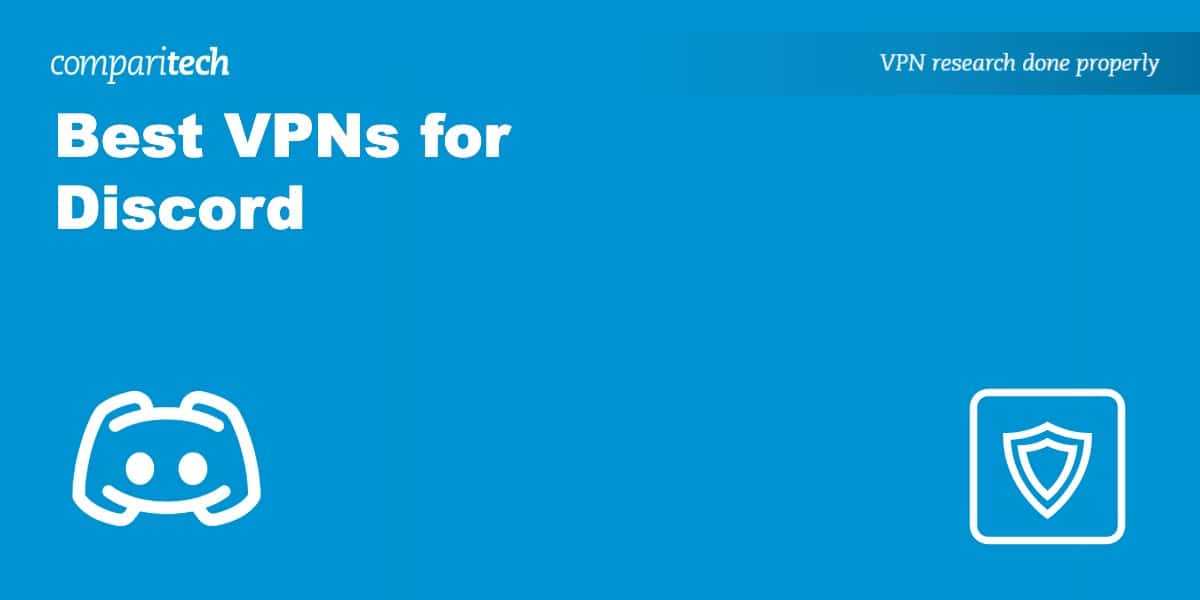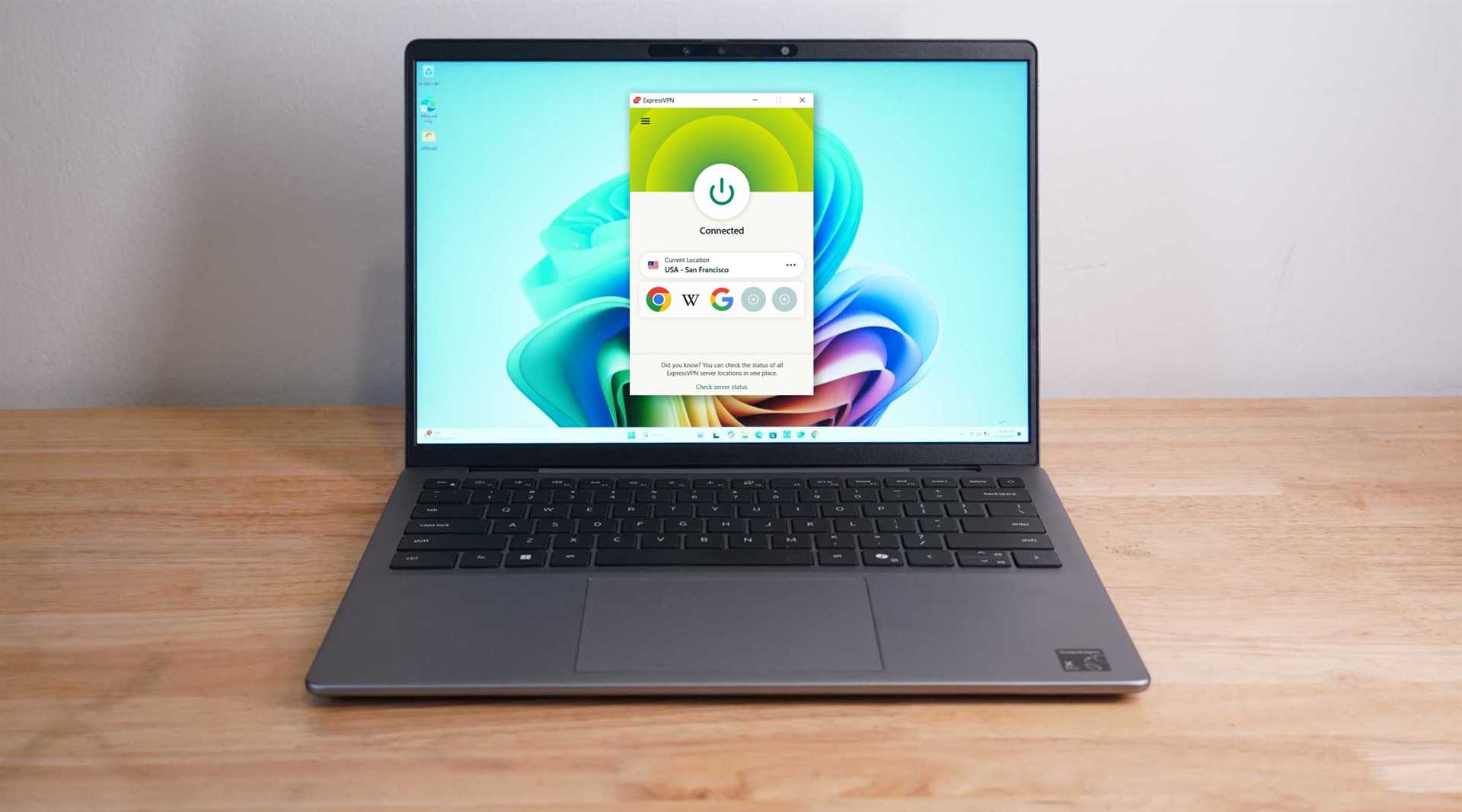Physical Address
Timertau, Pr. Respubliki 19, kv 10
Physical Address
Timertau, Pr. Respubliki 19, kv 10


In an age where online interaction prevails, ensuring your personal information remains secure is paramount. A solid understanding of privacy basics will empower you to make informed decisions about your digital footprint, especially when accessing communication platforms from a pre-owned machine. Navigating a pre-loved computer can come with its own set of challenges, including the need to establish a robust security profile without the newer hardware features that often come with fresh devices.
To optimize your experience, employing specific setup tips can vastly improve both your security and connectivity. As you delve into the settings of such devices, consider the importance of configuring firewall protocols and identifying the inherent vulnerabilities that come with older technology. The right configurations will not only enhance your safety but also streamline the functionality of your chosen platforms.
Embracing these guidelines fosters an environment that champions secure and smooth interaction. Whether you’re discussing game strategies or collaborating on projects, a reliable setup will pave the way for an uninterrupted connection while keeping your personal data shielded from prying eyes. It’s time to transform your pre-owned device into a fortress of privacy!
Another critical factor is the server network. Select a provider with a broad selection of local servers. This can reduce latency and optimize speeds, allowing for better connectivity during online interactions. Additionally, read reviews focusing on performance with older or entry-level systems, as real-world user experiences often reveal what to expect in terms of functionality and connection stability.
Ease of installation matters significantly. The best choices will feature intuitive configuration processes, enabling quick setups without deep technical knowledge. Aim to find guides that provide step-by-step manuals specific to your device type. Don’t hesitate to explore community forums for personalized setup tips; they often contain valuable insights tailored to particular models.
| Feature | Importance | What to Look For |
|---|---|---|
| Lightweight Design | Reduces system load | Minimal RAM and CPU consumption |
| Server Locations | Improves speed and reliability | Diverse range of nearby servers |
| Customization Options | Enhances performance | Adjustable encryption settings |
| User Reviews | Real-world performance insights | Feedback from similar hardware |
| Installation Process | Facilitates quick setup | Clear, user-friendly guides |
Ultimately, a comprehensive investigation of features, along with consideration of personal experiences in the field, can lead you to the most suitable option for ensuring seamless connectivity without taxing your hardware. This knowledge will enhance your engagement in online environments effectively.
Achieving seamless interaction while utilizing communication platforms requires targeted adjustments in network settings. Here’s how to configure your privacy tools effectively for enhanced connectivity and reduced latency.

Choosing an appropriate protocol can significantly influence performance. Consider the following options:

Maximum Transmission Unit (MTU) settings determine the packet size sent over the network. Misconfigured MTU can lead to packet fragmentation, impacting performance.
This feature allows you to manage which applications utilize the secure connection. By enabling it, you can prioritize bandwidth for communication tasks while allowing others to use your regular internet connection.
Connecting to servers closer to your physical location minimizes latency. Choose a server that not only promises privacy but also is geographically closer, thereby enhancing response times during usage.
| Server Location | Latency (ms) | Privacy Level |
|---|---|---|
| Local | 20-30 | High |
| Regional | 50-70 | Moderate |
| International | 100+ | Variable |
Using a faster DNS service can improve load times and overall performance. Change your DNS settings to reputable providers like Google DNS or Cloudflare to achieve this.
By carefully configuring these settings while keeping privacy basics in mind, you can enhance your interaction experience without compromising safety. Test regularly to find the most effective configuration for your context. Your optimization efforts will lead to smoother and more efficient communication.
Quick Checklist: First, confirm that your internet connection is stable. Run a speed test to verify that latency isn’t too high, as a poor connection can lead to audio issues.
Common Conflicts: Firewalls or security settings may block voice traffic. Adjust your firewall settings to allow data flow or temporarily disable your security software to identify if that’s the issue. Consider reviewing compatibility settings as mismatches can often cause disruptions.
Change Protocols: Switching between protocols–like UDP and TCP–can yield better results. Most applications favor UDP due to its speed, but if you’re facing issues, toggling to TCP may improve reliability.
Check Server Locations: The geographic distance to the selected server can influence performance. Opt for a server closer to your location to minimize latency. Connectivity often improves with this small adjustment.
Update Software: Regularly check for updates for both your privacy shield and the communication platform. Software improvements often resolve existing bugs that could impact functionality.
| Issue | Potential Solution |
|---|---|
| High Latency | Change to a closer server |
| Audio Cutting Out | Switch from UDP to TCP protocol |
| Software Conflicts | Review firewall and antivirus settings |
By staying proactive and systematically tackling these potential pitfalls, you can enhance both your audio clarity and overall experience. Regularly revisiting basic privacy concepts can contribute to a seamless communication process, ensuring your interactions remain secure and intact.
1. Optimize Your Setup: Start by tweaking the settings of your favorite communication app. Reducing video quality in calls can significantly lower bandwidth consumption. If your experience involves a lot of text-based communication, consider disabling high-definition video to maintain a stable connection.
2. Limit Background Usage: Ensure that other applications consuming data are minimized or closed while utilizing your chosen online service. Video streaming platforms, cloud backups, and large downloads can hog bandwidth, leading to a weakened connection during essential tasks.
3. Utilize Bandwidth Management Tools: Routers with built-in Quality of Service (QoS) settings allow prioritization of your communication platform’s traffic over other activities. Check if your router supports this feature and set it up to enhance your real-time interaction experience.
4. Consider a Wired Connection: Whenever possible, connect through Ethernet rather than relying on Wi-Fi. This not only reduces latency but also provides a more stable connection that is less prone to interference, enhancing your overall experience.
5. Schedule Heavy Downloads: If you anticipate needing substantial bandwidth for updates or downloads, schedule these tasks for times when you’re not actively using the communication software. This can help in maintaining a stable experience during important conversations.
| Action | Bandwidth Impact |
|---|---|
| Reduce Video Quality | -30% Usage |
| Limit Background Apps | -40% Usage |
| Use QoS Settings | +Improved Stability |
| Switch to Wired | +50% Stability |
| Schedule Downloads | -50% Conflicts |
By implementing these strategies, you can enhance your communication experience while efficiently managing your internet resources. Staying proactive about your usage patterns will allow you to maintain high-quality interactions without unnecessary interruptions.
For detailed guidance on internet management, consider visiting resources like the FCC Broadband Speed Guide.
Utilize a Discord VPN 2025
A well-chosen service can mask your IP address, adding a layer of anonymity. Look for providers that emphasize no-logs policies, meaning they do not keep records of your online activities. Prioritize options with strong encryption protocols to secure your data transmissions. This shielding minimizes the chances of interception by third parties.
Understanding Privacy Basics
Familiarize yourself with the privacy settings in the application. Adjust your profile settings to limit who can contact you and view your data. Enable two-factor authentication, a necessary safeguard that bolsters your account’s security.
| Security Feature | Description |
|---|---|
| Two-Factor Authentication | Adds an extra step for logging in. |
| IP Masking | Hides your actual IP address from others. |
| No-Logs Policy | The service does not track your online activities. |
Regular Software Updates
Ensure the application is updated regularly. Developers frequently patch vulnerabilities with new releases, addressing potential security flaws. Update not just your Discord client, but also the overall system of your device for maximum protection.
Be Wary of Public Networks
When chatting in public places, avoid public Wi-Fi where possible. If necessary, connect through a secured service that encrypts your traffic, protecting your data from prying eyes. Always double-check the network’s legitimacy before logging in.
By focusing on these guidelines alongside the latest advancements in protective software, users can significantly reduce their exposure to risks while engaging with friends and communities online.